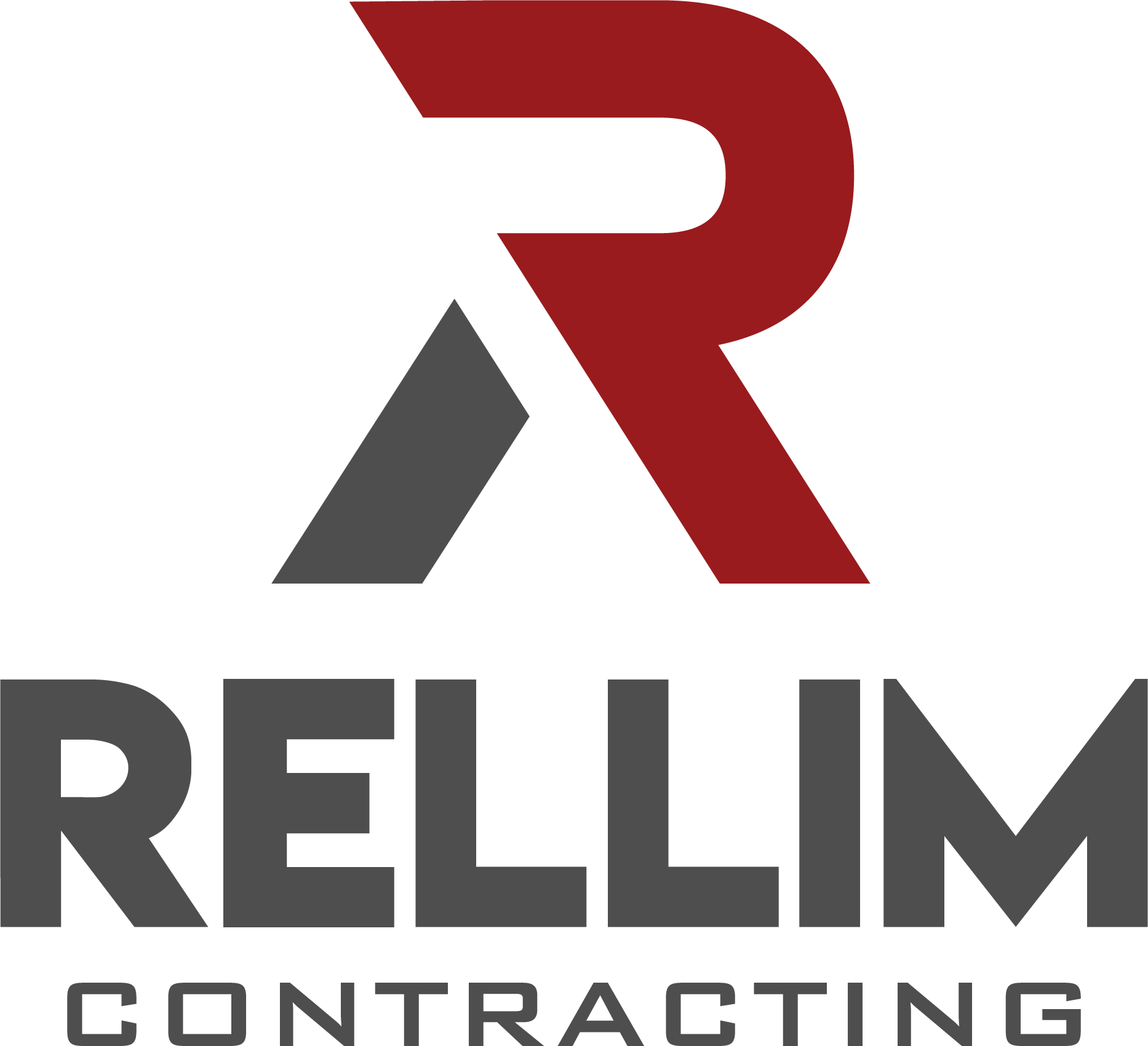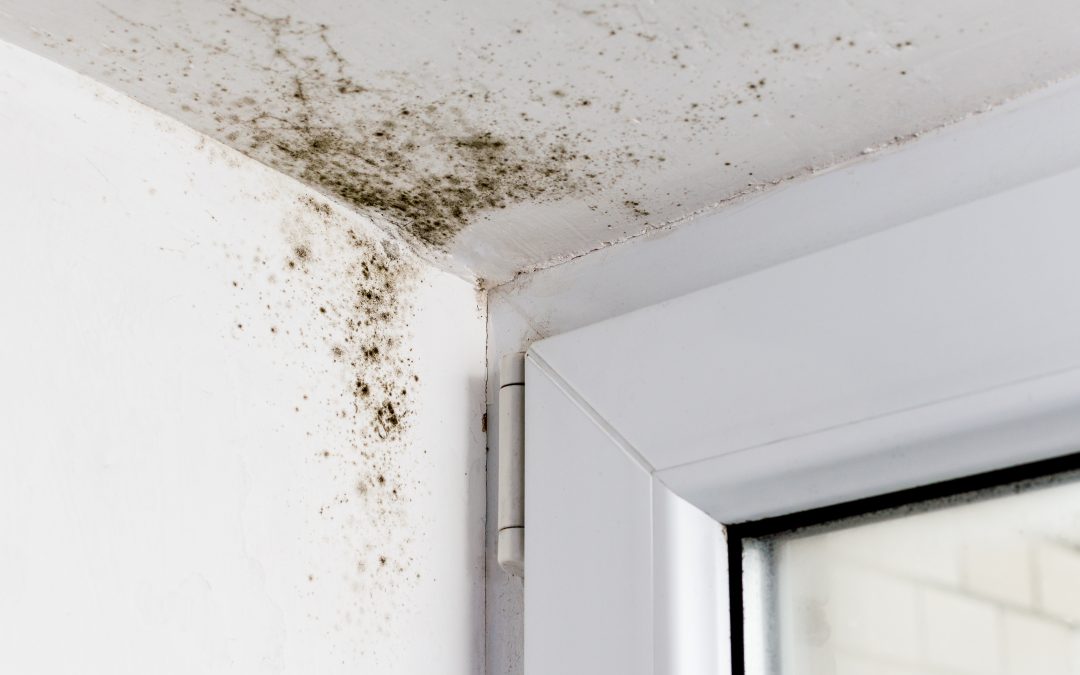Common Causes of Mold in Homes
Mold is a persistent problem in many homes, posing significant health risks and causing structural damage if left unchecked. Understanding the common causes of mold can help homeowners take proactive measures to prevent its growth. At Rellim Contracting, we aim to educate our clients about these causes to help them maintain a safe and healthy living environment.
1. Moisture and Humidity
Moisture is the primary catalyst for mold growth. Mold spores, which are naturally present in the air, thrive in damp and humid environments. When indoor humidity levels exceed 60%, it creates a conducive environment for mold to grow on various surfaces such as walls, ceilings, and floors.
Key Sources of Moisture:
- Leaky Pipes and Roofs: Plumbing leaks and roof leaks can introduce moisture into the home. Even minor leaks can lead to significant mold growth if not promptly addressed.
- Condensation: Cold surfaces, such as windows and metal pipes, can accumulate condensation, providing a breeding ground for mold.
- Flooding: Homes affected by flooding are at high risk for mold growth. The water can seep into walls, flooring, and furniture, creating extensive mold problems.
2. Poor Ventilation
Proper ventilation is crucial for preventing mold. Inadequate ventilation traps moisture, particularly in areas like bathrooms, kitchens, and basements. Without proper airflow, moisture accumulates, making these spaces ideal for mold growth.
Ventilation Issues:
- Blocked Vents: Vents that are blocked or closed can prevent moisture from escaping, increasing humidity levels inside the home.
- Improper Ventilation in Attics and Crawl Spaces: These areas are often neglected but require proper ventilation to prevent mold. Attics, in particular, can become extremely humid in the summer, leading to mold growth on rafters and insulation.
- Lack of Exhaust Fans: Bathrooms and kitchens should have exhaust fans to remove moisture from showers, baths, and cooking. Without these, moisture can linger and promote mold growth.
3. Water Damage
Water damage from leaks, flooding, or burst pipes is a significant contributor to mold growth. Water damage can be hidden within walls, under flooring, or in ceilings, making it difficult to detect until mold has already taken hold.
Common Water Damage Sources:
- Leaking Appliances: Washing machines, dishwashers, and refrigerators can leak water, often going unnoticed until mold starts to appear.
- Burst Pipes: In colder climates, pipes can freeze and burst, releasing large amounts of water into the home.
- Basement Seepage: Basements are particularly prone to water seepage due to their below-ground location. Water can enter through foundation cracks or improper drainage systems.
4. Building Materials
Certain building materials can retain moisture more effectively than others, providing an ideal environment for mold growth. Materials such as wood, drywall, and carpet are particularly susceptible to mold when exposed to moisture.
Vulnerable Materials:
- Wood: Wood can absorb and retain moisture, making it a prime target for mold. This includes wooden studs, framing, and flooring.
- Drywall: Drywall is highly porous and can quickly become a breeding ground for mold when wet. Mold can grow behind walls, making it difficult to detect.
- Carpet: Carpets and rugs can trap moisture from spills, leaks, or high humidity, leading to mold growth in the fibers and padding.
5. Poor Home Maintenance
Neglecting regular home maintenance can increase the risk of mold. Routine inspections and maintenance are essential to identify and address potential mold problems before they escalate.
Maintenance Oversights:
- Ignoring Leaks: Small leaks can lead to significant mold growth if not repaired promptly.
- Neglecting Gutters: Clogged or damaged gutters can cause water to overflow and seep into the home’s foundation or walls.
- Lack of Regular Inspections: Regular inspections of areas prone to moisture, such as basements, attics, and crawl spaces, can help identify mold issues early.
6. High Indoor Humidity
Certain climates and seasons can result in high indoor humidity levels, increasing the risk of mold. Homes in humid climates or those without air conditioning are particularly vulnerable.
Humidity Factors:
- Climate: Regions with high humidity levels, such as coastal or tropical areas, have a higher risk of mold.
- Seasons: Summer months often bring higher humidity levels, which can contribute to mold growth, especially in homes without proper air conditioning.
- Indoor Activities: Daily activities such as cooking, showering, and drying clothes indoors can raise humidity levels if not properly ventilated.
7. Lack of Insulation
Poor insulation can lead to condensation and moisture buildup, particularly in colder climates. Insulating walls, attics, and crawl spaces can help prevent condensation and reduce the risk of mold.
Insulation Issues:
- Cold Spots: Areas of the home that are not properly insulated can become cold spots, leading to condensation and mold growth.
- Vapor Barriers: Installing vapor barriers can help prevent moisture from seeping into walls and insulation, reducing the risk of mold.
Conclusion
Understanding the common causes of mold in homes is the first step in preventing its growth. By addressing moisture issues, ensuring proper ventilation, maintaining home systems, and using appropriate building materials, homeowners can significantly reduce the risk of mold. At Rellim Contracting, we are committed to helping our clients create and maintain mold-free environments. If you suspect mold in your home or need assistance with mold prevention, our team of experts is here to help. Contact us today to learn more about our services and how we can assist you in keeping your home safe and healthy.

